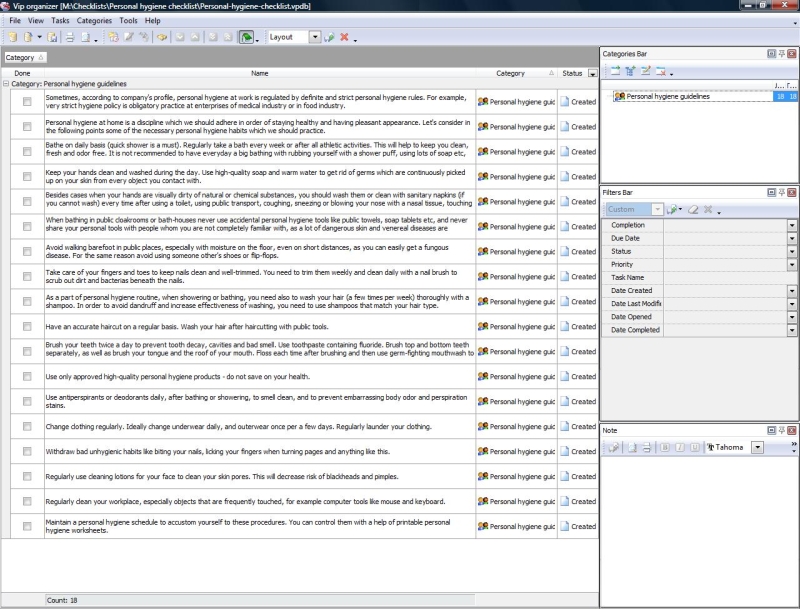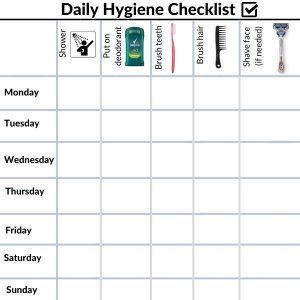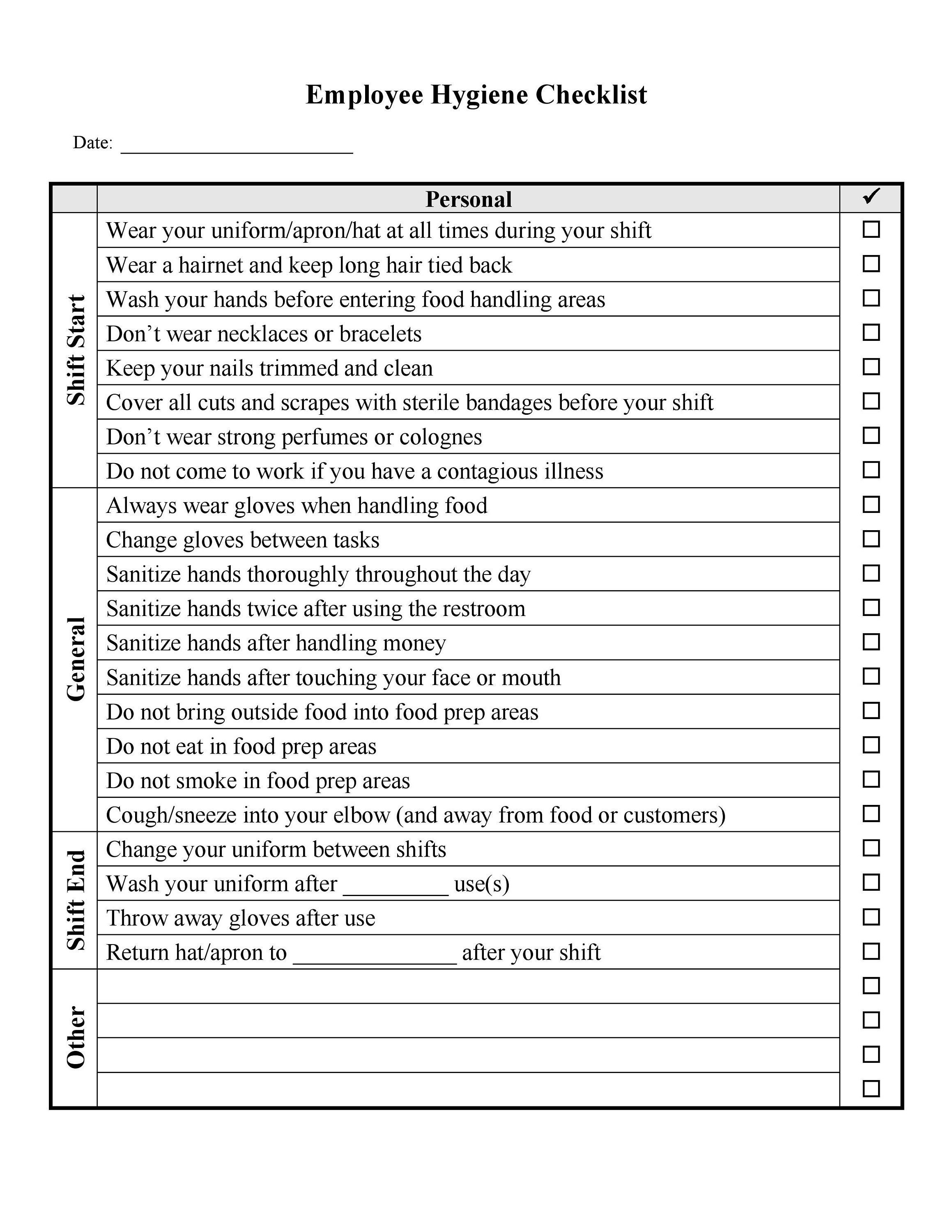When it comes to personal hygiene, it is important to establish healthy habits to ensure our overall well-being. Taking care of our body and practicing good hygiene not only helps us maintain physical health but also boosts our self-confidence and promotes positive relationships with others. Let’s delve into some important aspects of personal hygiene and how we can incorporate them into our daily routines.
Hygiene Checklist: A Guide to Personal Well-being
As we navigate through this article, we will refer to various images that exemplify the significance of personal hygiene. We encourage you to follow along and visualize the concepts discussed.
 The Importance of Regular Bathing and Handwashing
The Importance of Regular Bathing and Handwashing
The image above showcases a hygiene checklist that emphasizes tasks related to personal care. It reminds us of the crucial practice of regularly bathing and ensuring proper hand hygiene. Bathing not only helps our body stay clean but also eliminates odor-causing bacteria and refreshes our senses. Similarly, proper handwashing is essential in preventing the transmission of harmful germs and maintaining our health.
 Teaching Kids About Hygiene
Teaching Kids About Hygiene
Another image highlights a hygiene chart designed for kids. Teaching children about personal hygiene from an early age instills lifelong healthy habits. By incorporating fun activities and visual aids, like this chart, parents can encourage their kids to maintain good hygiene practices. Learning about hygiene at a young age sets the foundation for a healthy lifestyle in the future.
 Hygiene Tips and Checklists for Autism
Hygiene Tips and Checklists for Autism
For individuals with autism, adhering to a hygiene routine can be challenging. However, with proper support and structured guidelines, they can develop important personal care skills. The image representing an autism-specific hygiene checklist highlights the specific areas to focus on. Such tools, like the one provided by Els for Autism, offer necessary guidance to individuals with autism and their caregivers.
 Promoting Hygiene Habits in Kids
Promoting Hygiene Habits in Kids
Children may sometimes need extra motivation to practice good hygiene habits. The image displaying a hygiene chart for kids offers an interactive way of encouraging them to maintain cleanliness. By using charts and providing rewards, parents can make the process enjoyable and help their children develop a sense of responsibility towards their personal well-being.
 Teaching Hygiene to Toddlers
Teaching Hygiene to Toddlers
Instilling good hygiene habits in toddlers can be challenging but is essential for their overall growth and development. The image above shows a toddler hygiene chart that simplifies the hygiene routine for young children. Using visuals and simple instructions, parents can guide their toddlers towards adopting healthy hygiene practices.
 Engaging Ways to Teach Hygiene
Engaging Ways to Teach Hygiene
Exploring playful methods to teach hygiene can make the process exciting for children. The image featuring a board game demonstrates how interactive activities can impart knowledge about hygiene. Incorporating such engaging resources in educational settings or at home turns learning into a fun and memorable experience.
 Daily Hygiene Checklist for Adults
Daily Hygiene Checklist for Adults
Lastly, let’s explore the significance of a daily hygiene checklist for adults. The image represents a checklist that promotes regular self-care and well-being. Following a checklist ensures that we do not overlook any essential tasks, allowing us to maintain our hygiene with consistency and attention to detail.
 Conclusion
Conclusion
Personal hygiene plays a pivotal role in our overall health and well-being. Through regular bathing, proper handwashing, and teaching children about hygiene, we can establish and maintain healthy practices. Additionally, incorporating tools like hygiene charts for kids, autism-specific hygiene checklists, and engaging educational resources further promote good hygiene habits.
Remember, prioritizing personal hygiene not only benefits us individually but also has a positive impact on those around us. Let’s make hygiene a part of our daily routine and enjoy the benefits it brings!

